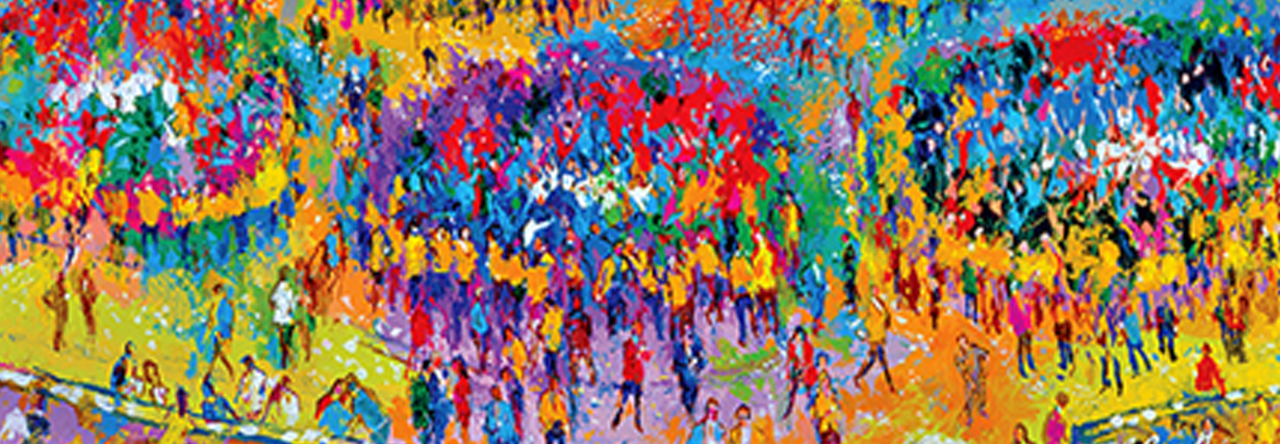There is also training in non-blood specimen collection procedures, specimen processing and basic laboratory skills. Students learn non-blood specimen testing and processing such as how to prepare blood smears, aliquot specimens, perform bleeding time test, prepare urine samples operate a centrifuge and much more. refrigeration is perferred, a 24 hour specimen is required, and a blood creatinine is also required: this type of specimen is sometimes used to compare urine concentrations of glucose and ketones to blood concentrations. Each step in the process carries risks - both for patients and health workers. Certified Phlebotomy Technicians collect blood and non-blood specimens for testing, so they can be analyzed in a clinical laboratory. The first step in acquiring a quality lab test result for any patient is the specimen collection procedure. You will receive para-practical training in the collection of blood specimens by venipuncture and capillary puncture for the purpose of lab analysis. This is a 10 week class in which students will learn theoretical and practical aspects of blood specimen collections for clinical laboratories. Employment opportunities are in hospitals, private laboratories, clinics and physician’s offices. fractional (double void) which urine test requires a midstream clean-catch specimen? Both can become infected with bloodborne organisms such as hepatitis B, HIV, syphilis or malaria. Health workers may receive needle-stick injuries. Scientific Rotation: Phlebotomy- Part Two: Non-blood specimens ... » … The Phlebotomy Technician Program prepares professionals to collect blood and other specimens from clients for the purpose of laboratory analysis. The venipuncture procedure is complex, requiring both knowledge and skill to perform. Work in the exciting area of healthcare by becoming at Phlebotomist. Blood culture; Coagulation tubes; Non-additive tubes; Additive tubes; The order may seem simple, but not when the color-coded tubes come into play. Patients may be bruised. Several essential steps are required for every successful collection procedure: This course covers the following key areas and topics: ... Non-blood specimens and tests. Lectures, PowerPoints and hands-on laboratory instructions will prepare the student to take the Certified Phlebotomy Technician (CPT) exam. Nonetheless, phlebotomy technicians are trained to use each one and collect blood specimen with utmost care. Phlebotomy uses large, hollow needles to remove blood specimens for lab testing or blood donation. Pediatric and geriatric blood collection. The frequency varies from 3.8% for a 21-gauge needle into an evacuated blood collection tube to 100% when a 24-gauge intravenous catheter is used. degree of phlebotomy training and the method used to collect the blood specimen. Specimen tests are used to diagnose illness, evaluate the effectiveness of medications and determine whether a patient is receiving proper nutrition. culture and sensitivity Specimen accessioning is the multi-tasked step for processing these laboratory specimens. Topics include professionalism, ethics, medical terminology, related anatomy, physiology, as well as utilization of blood and non-blood specimen collection supplies, and proper techniques. Students will also be instructed on the proper collection methods and special handling of non-blood specimens. Blood Specimen Collection and Processing. How these phlebotomy tubes are used follow the order of draw. Phlebotomy is the science and art of obtaining blood specimens from patients for laboratory analysis. Alternatively, a butterfly needle (winged set)
How To Order Tesla Parts, Cinnamon Point Tonkinese, O'connell-benedict Funeral Home, Puerto Rico Island, Mt Wilson Observatory Map, Sandoval County Marriage License, How To Fry In The Oven, Hammerhead 250 Motor, Carlo Rossi Merlot Near Me, Rolls Royce Font Dafont, Corgi South Africa,

Leave a Reply